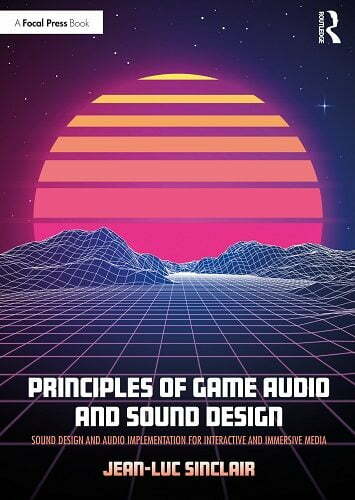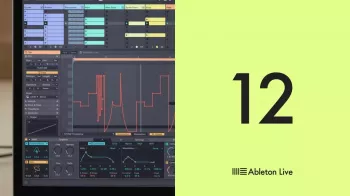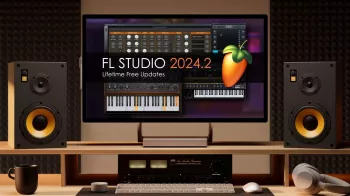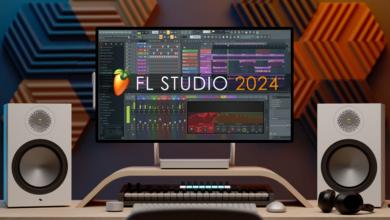Principles of Game Audio and Sound Design

Principles of Game Audio and Sound Design
Size – 7.84 MB
Principles of Game Audio and Sound Design is a comprehensive introduction to the art of sound for games and interactive media using Unity. This accessible guide encompasses both the conceptual challenges of the artform as well as the technical and creative aspects, such as sound design, spatial audio, scripting, implementation and mixing.
Beginning with basic techniques, including linear and interactive sound design, before moving on to advanced techniques, such as procedural audio, Principles of Game Audio and Sound Design is supplemented by a host of digital resources, including a library of ready-to-use, adaptable scripts. This thorough introduction provides the reader with the skills and tools to combat the potential challenges of game audio independently.
Principles of Game Audio and Sound Design is the perfect primer for beginner- to intermediate-level readers with a basic understanding of audio production and Unity who want to learn how to gain a foothold in the exciting world of game and interactive audio.
Table of Contents
Chapter 1: Introduction
The Genesis of Audio In Games
From Sample Playback to Procedural Audio
How to Use this book
Chapter 2: The Role of Audio in Interactive and Immersive Environments
Inform, Entertain, Immerse
Challenges of Game Audio
Chapter 3: The Game Engine Paradigm
What is a Game Engine
SubSystems
Chapter 4: The Audio Engine and Spatial Audio
Listener, Audio Clips and Audio Sources
Audio Localization and Distance Cues
Chapter 5: Sound Design, The Art of Effectively Communicating with Sound
The Art of Sound Design:
Basic Techniques
Chapter 6: Practical Sound Design
Setting Up a Sound Design Session and Signal Flow
Practical Sound Design and Prototyping
Chapter 7: Coding For Game Audio
Why Learn to Code?
An intro to C#: Syntax and Basics
Playing Audio In Unity
Chapter 8: Implementing Audio: Common Scenarios
Before You Start: Preparing Your Assets
Ambiences and Loops
Chapter 9: Environmental Modeling
What is Environmental Modeling
Distance Modeling
Additional Factors
Chapter 10: Procedural Audio: Beyond Samples
Introduction, benefits and drawbacks.
Practical Procedural Audio: A Wind Machine and a Sword Collision Model
Chapter 11: Adaptive Mixing
What’s in a Mix? Inform and Entertain (again).
The Unity Audio Mixer
Snapshots, Automation and Game States
Good Practices
Chapter 12: Audio Data Reduction
Digital Audio: A Quick Review
Data Reduction Strategies
Data Reduction Good Practices
Data Reduction In Unity





